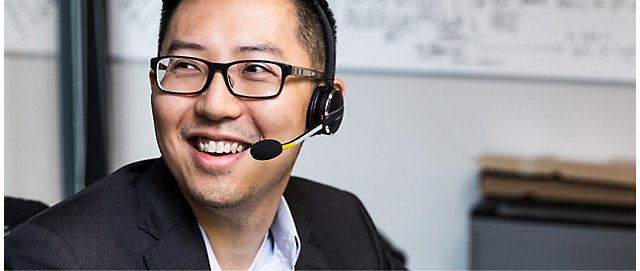Marija Grujic, co-founder of Neuroblast, was diagnosed with multiple sclerosis after giving birth. She attended neurorehabilitation clinics but found them costly and the exercises repetitive and demotivating.
Marija and Marko Grujic founded the start-up Neuroblast to offer accessible, mobile post-rehabilitation for neurodegenerative diseases using interactive devices developed with Microsoft Azure, Azure IoT Hub, and Azure OpenAI.
Neuroblast solutions engage users through interactive video games. Marija uses Neuroblast equipment and software for at least two hours daily, maintaining her mobility and motivation to bring specialized neurorehabilitation to more people.













Follow Microsoft